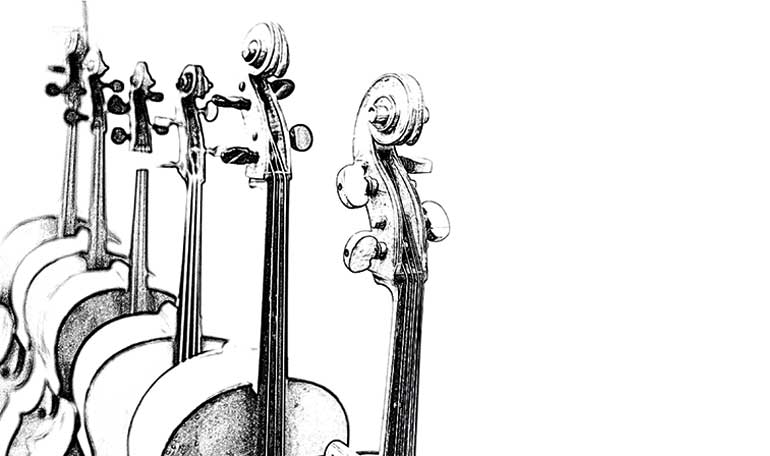
Ensemble & Group work
The work in a music ensemble is based on cooperation and communication. When playing together you need to interact in many ways. Not only musically, but also in a general way. You need to understand the role of your part in the piece, but you also need to understand the others as human beings. An ensemble can certainly benefit from combining regular rehearsals with Eurhythmics workshops. Eurhythmics is based on group work, and it is a good way to work with interaction and communication from another angle. And at the same time, you can train active listening and focus musical aspects.
The group – an asset
In Eurhythmics the group is deliberately utilized as an effective teaching instrument. A group enables you to do things which are not possible with an individual student. The group presents quite different opportunities for interaction and cooperation, and with more people taking initiatives and giving input of various kinds, lessons are made more dynamic. The development of the group takes place concurrently with the development of each individual. In a group you can also learn from the others and develop different sides of yourself. Eurhythmics offers many group-reinforcing effects, and these effects have come to be widely recognized.
Learning from each other
In a good group situation, you learn not only from what the facilitator does or what you yourself do, but also from what the other members of the group do. Watching someone else moving to the music, for instance, helps to make you aware of what you are hearing. You get a visual impression which reinforces auditory impressions. And hearing how others articulate a rhythm or conclude a phrase enlarges your own frame of reference. The others probably come up with versions which would not have occurred to you, and sharing those versions furthers your development. We are all the time learning from each other, from input through several sensory channels and by seeing that there are several ways of doing things.
Lead and follow exercises, with no intervention by the teacher, are one way of learning from each other. This can happen when working in pairs or when one student at a time leads a group. The important thing is that everyone should be enabled to both lead and follow; both take the initiative and adapt to initiatives taken by others. Alternation between initiative and adjustment is also an important part of the processes that reinforce the group. When everyone is both taking the initiative and adapting to each other’s initiatives, a good foundation is laid for the development of cooperative ability. Cooperation and responsiveness are promoted by everyone having a chance of being both seen and heard.

The European Commission's support for the production of this publication does not constitute an endorsement of the contents, which reflect the views only of the authors, and the Commission cannot be held responsible for any use which may be made of the information contained therein.

